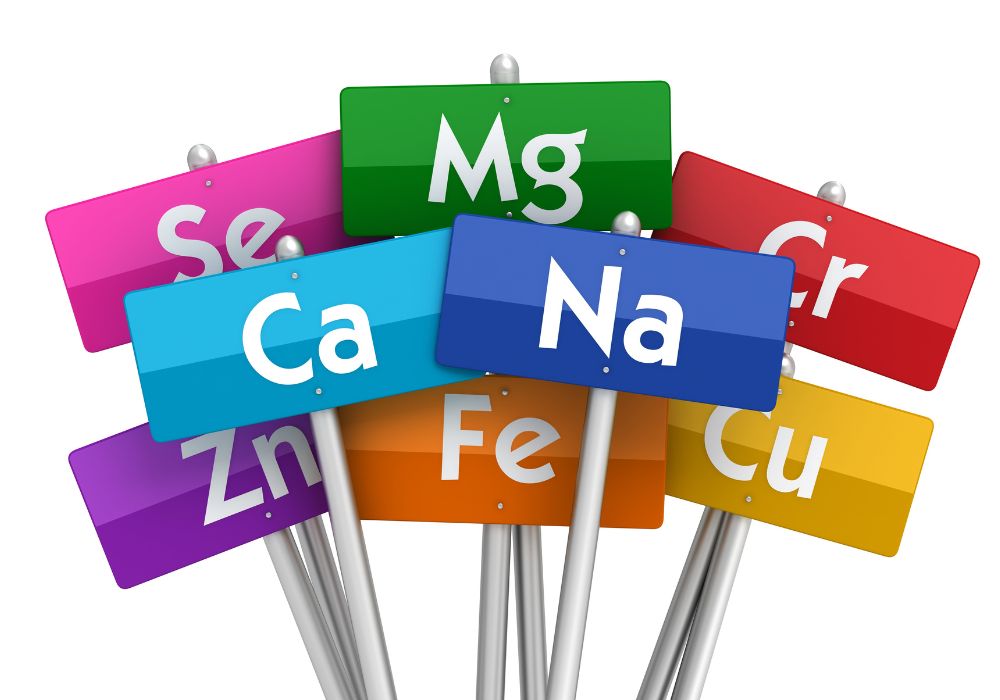Minerals are naturally-occurring inorganic solid chemical compounds found throughout nature that make up our planet, literally from its core out.
Minerals can be identified by several characteristics that define them: hardness, cleavage and streak. Streak is created when minerals come in contact with an unglazed ceramic plate and create powdery residue when they rub against one.
Some minerals taste salty or emit an aromatic scent, while others can let light pass through them transparently.
Hematite
Hematite is an iron mineral with a dark or reddish-brown, metallic-lustre appearance and can be found in various rock formations including igneous, metamorphic, sedimentary as well as sedimentary rocks. Hematite forms from alteration of other iron-containing minerals as well as precipitation of iron from water sources; it may form as crystals, massive formations or fibrous masses.
Hematite is an extremely dense mineral with the capacity to block x-rays, making it an excellent way to protect medical equipment from radiation exposure. Furthermore, Hematite serves as a key source of rust formation as well as being used as an ingredient in paint or as a lubricant.
Spiritually, Hematite assists in relieving deep-seated fears and anxieties, encouraging emotional balance and healing. Additionally, its focussed minerals help improve concentration and memory retention while strengthening one’s connection to earth itself. It is an ideal stone to use as a grounding stone as well.
Halite
Halite is the mineral form of common rock salt – sodium chloride (NaCl). It features cubic cleavage with perfect cube cleavage lines. Furthermore, its soft properties enable easy sampling. Scraping is one of the easiest methods available for collecting samples of halite.
Halite can be found both in modern evaporative salt lakes as well as ancient beds where large restricted seas and lakes evaporated, leaving vast deposits of halite behind. You can find large salt flats in Utah and California as well as underground halite deposits across Michigan, Ohio, Indiana and Kentucky used for road salt mining operations.
Halite crystals come in many shades depending on impurities and other factors. Pink halite found in dry lake sediments is particularly mesmerizing to witness; this stunning mineral serves many uses and benefits for humans as the raw material from which we obtain table salt to season our food.
Gypsum
Gypsum is a soft sulfate mineral mined for use as an agricultural fertilizer, for manufacturing plaster and drywall products and as an immobilizing agent to immobilize broken ribs or cast teeth casts – as well as being used as an ancient sculpting medium dating back 5,000 years.
Agricultural gypsum enhances soil by replacing excess salt with calcium, helping alleviate drought conditions, and preventing erosion that would otherwise contaminate water bodies. Furthermore, it serves to retain phosphorous in the soil – an essential nutrient for crop growth – while improving acid soils that lime cannot treat by replacing acidic hydrogen ions with calcium and decreasing crusting (Shainberg et al. 1989). Furthermore, agricultural gypsum is also an invaluable addition for sodic soils where excess sodium is replaced with calcium; thus significantly reducing sodium by replacing it with calcium instead.
Talc
Talc, a form of magnesium silicate, can be found in many cosmetic products like baby powder and deodorants. Additionally, it’s used as filler in ceramics, paint and paper as well as roofing materials and plastic roofing, roofing membranes and plastic roofing tiles – as well as being an ingredient found in cough drops and lubricants.
Talc’s soft texture makes it easy to pulverize, making it useful in many different applications. Furthermore, water repellence makes talc an effective lubricant. In fact, purified talc is safe enough for ingestion that it’s often included as an ingredient in baked goods, chocolates and powdered spices.
Heat, acid and electricity don’t stand a chance against this material’s strength; thus it was widely used in soapstone, used to craft Assyrian cylinder seals and Egyptian scarabs.
Biotite
Biotite is a mica mineral with an usually dark or black appearance. Composed of layers composed of iron, magnesium, aluminum, silicon, and hydrogen weakly bound together by potassium ions, Biotite displays perfect basal cleavage with monoclinic crystal structure; its color may range from dark brown to black while featuring mottled “bird’s eye” extinction or even wavy sections; its refractive index increases with increasing iron content.
Mica can be found in many igneous and metamorphic rocks, most often volcanic dacitic, rhyolite, and trachytic volcanic rocks; granitic plutonic rocks; schists and gneisses. Mica can also be found in immature sedimentary rocks that have been exposed to extreme pressure conditions for an extended period before becoming metamorphosed into mica minerals.
Biotite crystal healing therapy uses Biotite to purify energy, encourage spiritual development, and balance emotions. Furthermore, it’s well known as an attractant stone, as well as providing psychic protection.


